Adelaide Airport irrigation trial
Contact
Insight:
Project description
The drivers
Understanding the heat reduction and airport operational benefits that irrigation can provide
- Improved airport operations: Hot and dry landscapes at airports can lead to several operational challenges, including: load restrictions on aircrafts, higher energy use in cooling towers, dust generation from bare earth, increased bird activity and increased erosion. The irrigation trial has investigated how irrigation can address these challenges.
- Quantify the benefits: The aim of the trial is to quantify the changes in temperature resulting from open space irrigation and use this data to model the potential operational benefits for the airport (energy savings, fuel efficiency, safety).
- Trial site to inform broader potential applications: The project gives SA Water and Adelaide Airport the opportunity to undertake an open space irrigation trial in a controlled urban setting. The information gained from this trial can also be transferred to other settings where a trial of this nature would be difficult, such as urban parks and sportsgrounds.
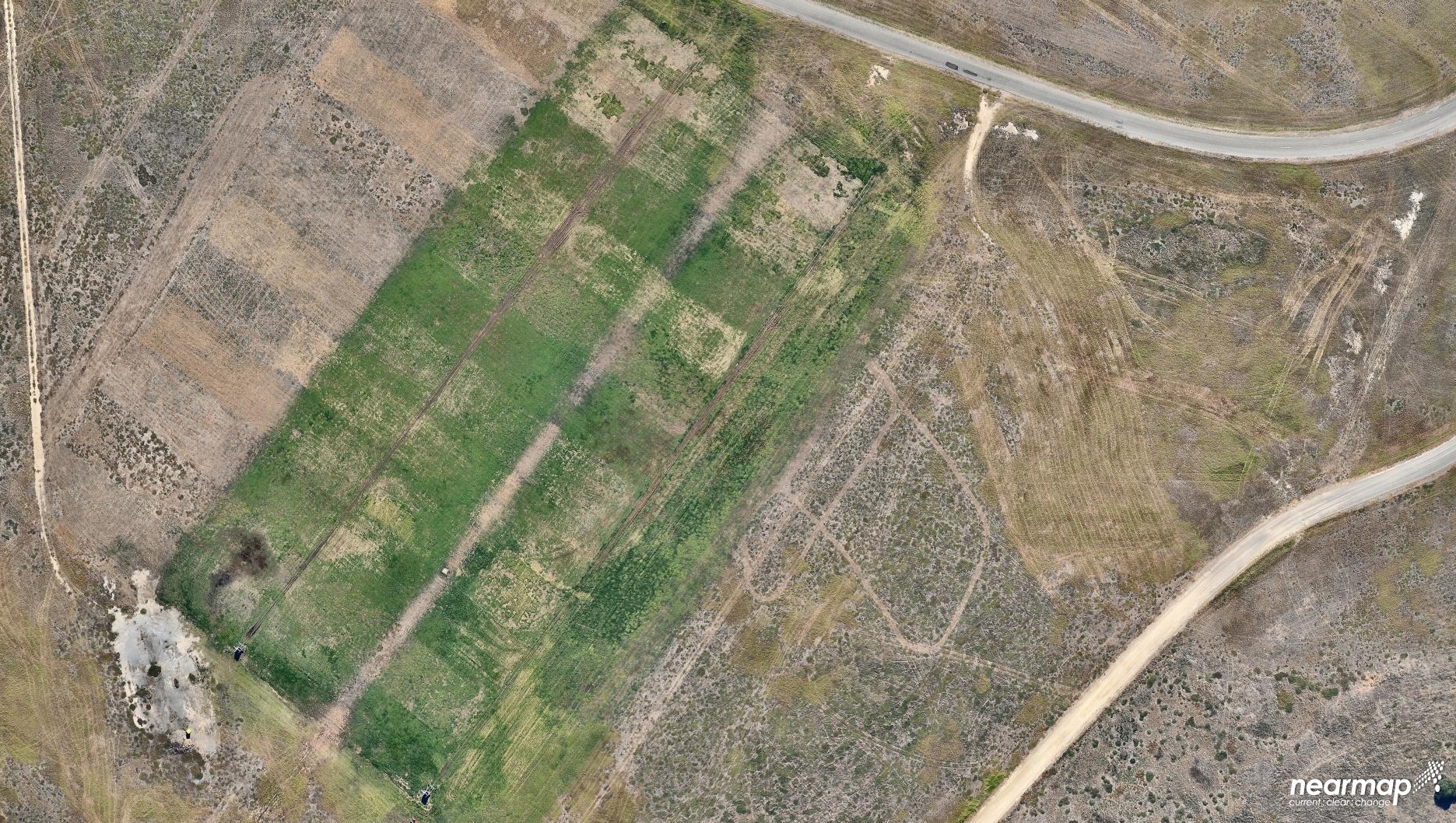
The innovations
First of its kind demonstration that landscape irrigation can reduce temperatures and improve airport operation
- Stormwater and wastewater used for irrigation: Stormwater which is stored in an adjacent aquifer storage and recovery (ASR) scheme is used to irrigate the 4ha trial site. If the project expands, recycled water would be used, making use of the existing infrastructure in the area.
- Temperature monitoring: Daily temperature readings have been recorded across the irrigation areas and non-irrigated areas (control) to measure the temperature differences. Adding extra CRCWSC hobo data loggers, weather stations and an EDDY covariance system will collect additional data on temperature, humidity, thermal comfort and evaporative and sensible heat fluxes. It is hoped a drone will gather vertical and horizontal atmospheric measurements in future.
- Modelling additional benefits: Analysis of surface temperature gathered across the two-year trial period enabled the data to be modelled to understand the potential aircraft operation benefits and energy savings in adjacent buildings. The CRCWSC will undertake additional modelling, to extrapolate the outcomes across the airport land, to understand how much land will need to be irrigated to provide substantial benefits and to also understand how this can be applied to other sites.
- Use of Lucerne instead of grass: Rather than just maintain the airfield, Lucerne crop was trialled to investigate if it was possible to use the land productively. One of the advantages of Lucerne is that it can be cropped. Economists modelled the payback period for the system using cropping of Lucerne to recoup some of the irrigation and maintenance costs. The results gave confidence that using airport buffers for cropping could be viable, compared with current maintenance.
- Trial demonstrating real benefits: The trial showed that the air temperature in the irrigated area was more than 3oC cooler than the non-irrigated area on hot days. On average the temperature difference was between 2.4 and 3.8oC. Surface temperature differences were even higher than that recorded for air temperature. The cost-benefit assessments to date are also favourable in terms of airport operations as well as the value of using irrigation to support Lucerne instead of grass on the airport site.
The lessons
- Huge potential for airports globally: With potential to extend to other airports and cities, the project's ramifications are enormously innovative. It opens doors for conceptualising airport terminals as places that grow useful crops (rather than simply turf) to achieve cooling, create zones of cooler air that flows to surrounding suburbs, protect travellers from extreme temperatures, and generate economic savings by buffering aircraft operations.
- Green open space means cool open space: The results of this trial show that open space areas that are not irrigated can be as hot as pavement. Irrigating open space is an essential element to managing urban heat island effects in our cities.
Transferability
This project is particularly transferable to other airports, where the costs and benefits of the irrigation scheme can be incurred/received by the one corporation; that is, the operational benefits of reduced temperatures can directly contribute to offsetting the costs incurred through the irrigation scheme.
Project stats
Location
Adelaide, SA, Australia
Awards
Stormwater SA Award for Excellence in Research or Innovation
Additional information
Contact
The outcomes
 Cities providing ecosystem services
Cities providing ecosystem services

- Reduced soil erosion: Irrigation of airport open space has the added benefit of improving ground cover and reducing dust and soil erosion.
- Urban heat island mitigation: In addition to the operational benefits to the airport, the reduced air temperature for the airport will reduce the overall urban heat island effect for Adelaide (assuming the project is expanded across the airport site).
- Reduced discharge to marine environment: The beneficial reuse of the recycled water results in less water being discharged to the marine environment.
- Reduced environmental footprint: The long term outcomes for this project will lead to operational efficiencies and improvements that will reduce the airport’s overall environmental footprint.
 Cities as water supply catchments
Cities as water supply catchments

- Use of stormwater for alternative water source: The project uses stormwater for irrigation, avoiding the need for mains water for irrigation.
- Local water storage: Local aquifer storage and recovery scheme stores and reuses stormwater which increases the volume of stormwater available for reuse.
 Cities comprising water sensitive communities
Cities comprising water sensitive communities

- Increasing knowledge of water sensitive practices: The project trial and data monitoring increases the industry's knowledge of the relationship between irrigation and surface / air temperature cooling impacts. SA Water's involvement in this project means this knowledge will be retained and can be applied more widely on other open space sites across South Australia.
Business Case
The main outcome from this assessment was that the financial benefit for the airport would be positive after 7 years of operation (based on a 25 year net present value which included the capital cost of the infrastructure to irrigate and crop the land). This means that after 7 years the cooling becomes free. The potential benefit to the airlines and airport operators was the ability to maintain payloads on hot days, plus a small benefit from fuel savings during take-off and landing. The magnitude of the payload benefit may be far in excess of what was assumed prior to this economic assessment. In the coming months of 2018, Adelaide Airport will look to further the modelling and investigation to understand if the extent of the cooling is sufficient to realise the potential benefits to aircraft and airport operations.
Interested in this solution?
We partner with small and large companies, government and industry in Australia and around the world.
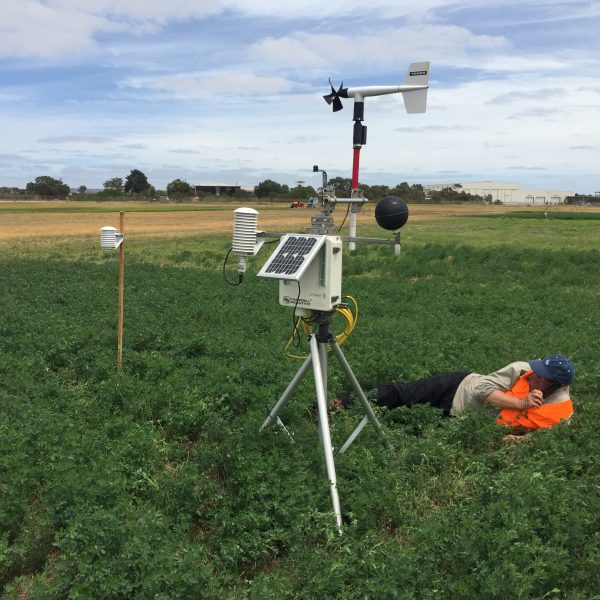
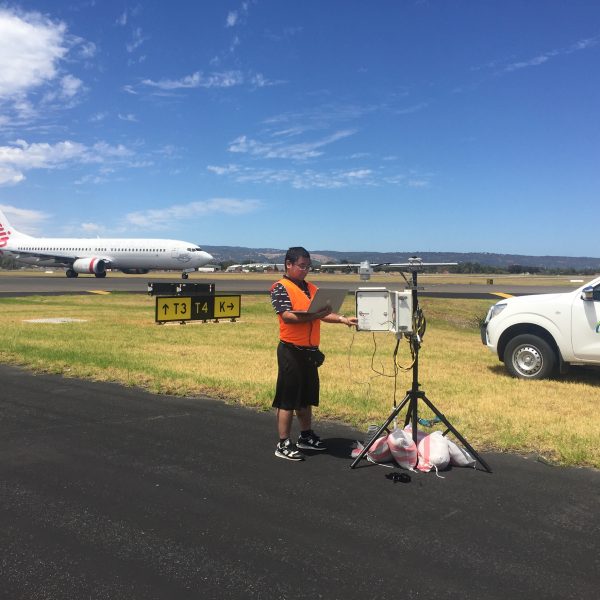
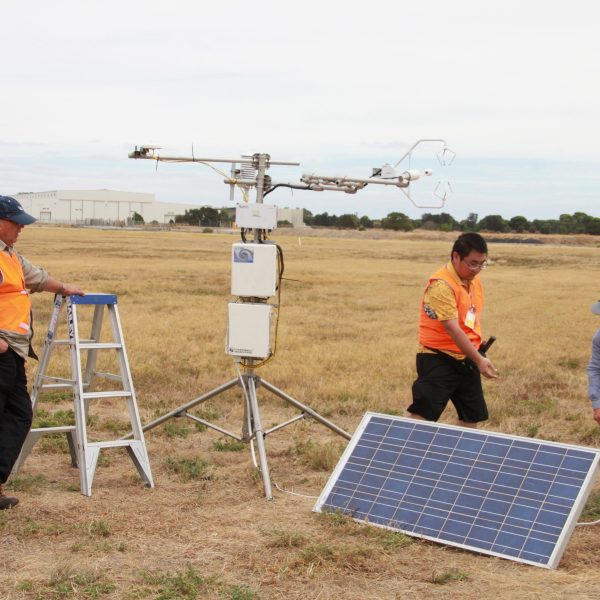
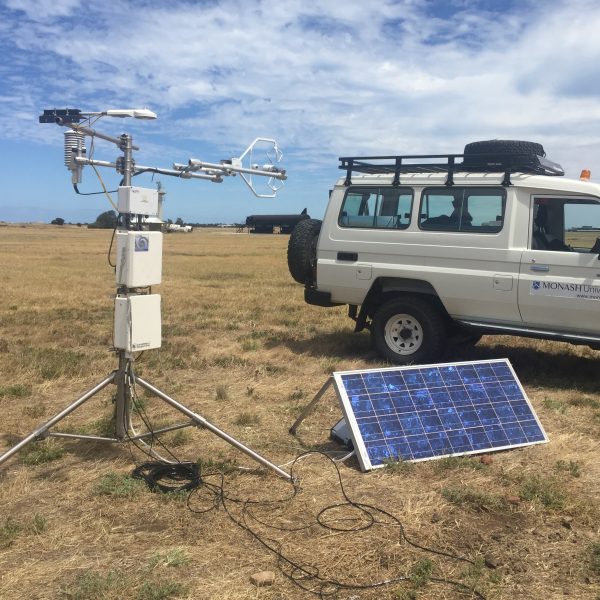
Comments